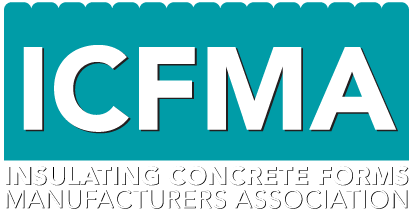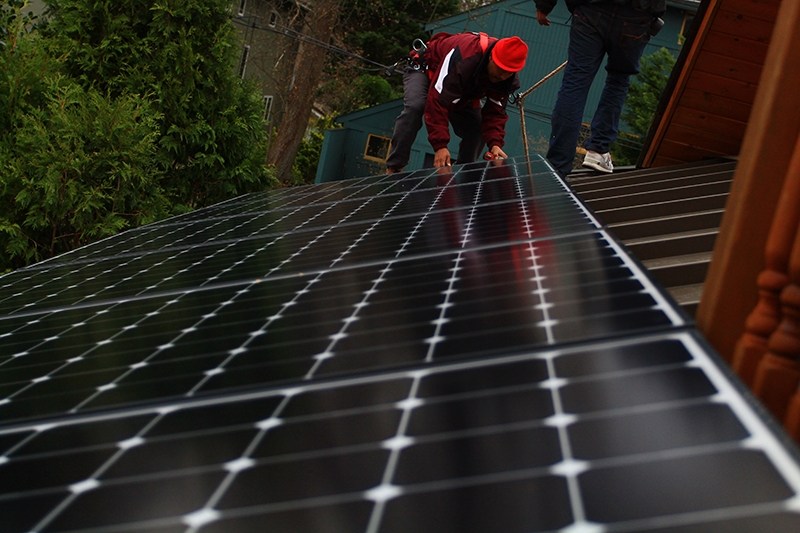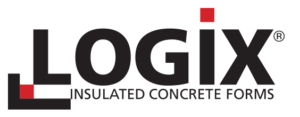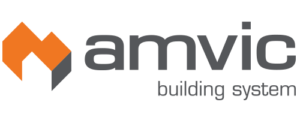The Building Science community continues to push for more stringent energy codes. Increases in insulation requirements and airtightness have become the primary mechanism to achieve higher performance. Buildings are required to use less overall energy, and where they require energy are asked to supply it themselves.
Net-zero compliance is a hot topic in many North American markets. British Columbia has developed some of the strictest building code standards in the world and is leading the push towards net zero with the BC step code. The Canadian National Code is not far behind and is seeking to accomplish many of the BC step code requirements in a similar timeline.
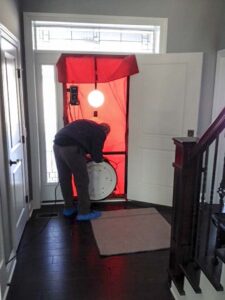
Interior During Blower Door Test
The BC step code asks builders to increase the energy efficiency of buildings by a set percentage every few years. The code has a ten-year (10) target goal of every new construction project or retrofit meeting net-zero compliancy. The metric to track compliance is measured using blower door tests and specific product energy usage tests. The data from a blower door test along with utility usage from other appliances and fixtures allow for a complete calculation of energy used by the building. Each structure is then appointed an EnerGuide rating which shows the energy consumption of the structure. From this appointed number designers then need to find ways to supply energy to the structure that meets the usage total.
A variety of techniques are being utilized to accomplish net-zero ranging from increased insulation, air and moisture membranes, energy-efficient appliances, passive house techniques, renewable energy sources, and a broad range of site-specific design parameters such as window and door placements. However, designers have a steep learning curve to learn about these products, design techniques, and implementation in the actual construction environment. Even then, many of the design techniques may not be proven or do not produce the expected result, leaving projects lacking compliancy.
Enter a tried and true product, Insulated Concrete Forms. ICFs have a proven track record of improving the overall performance of structures. There are many well-documented structures that have used ICFs as part of their overall building system to achieve net-zero status. This track record is not just for residential homes, but also large commercial projects. Some of the most well-known projects were net-zero schools built in Kentucky that utilize a combination of ICFs, geothermal heat pumps, and solar arrays. These structures create all of their own energy and actually contribute energy back to the grid to the tune of $30-35,000.00 US dollars a year.
There are several major reasons why ICFs are able to help achieve net-zero. ICFs maintain a stable R-Value of at least R-23. ICFs are an inherent Air and Moisture Barrier that does not degrade or is easily damaged. ICFs act like a thermal battery and use their stored energy to resist temperature changes outside of the structure. The combination of these properties means that the energy used to heat or cool a structure stays inside of the structure. That energy does not easily pass through the walls, and the outside temperature and moisture stay where they need to, outside.
Read about The Olivia, an ICF home that was the first Zero Energy Ready Home in Ohio.
